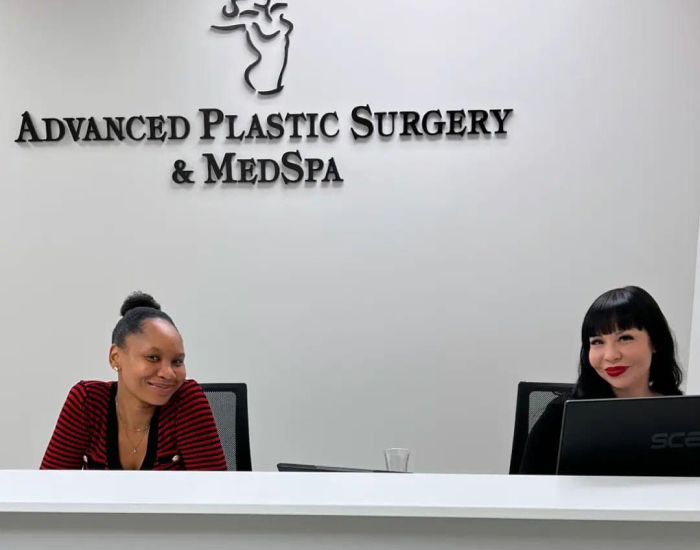Posted March 06, 2018 in Gummy Bear Implants, by Dr. Fiorillo
It’s not what you think – the traditional, yummy little colored bears have nothing to do with the most popular choice for breast augmentation that NY women are raving about. So what exactly are gummy bear breast implants, and are they as sweet as they sound?
Gummy Bear Implant Technology
Popular in Europe for the last decade, ‘gummy bear’ implants have been approved by the FDA this year. With breast augmentation the most popular cosmetic procedure in the United States, this new innovation is set to take the cosmetic surgery world by storm! The implants are made from silicone gel, but unlike its predecessor, this gel provides a more bonuses natural appearance and feel and is much safer than older silicone implants. But why are they called ‘gummy bear’ implants? Well, when the implant’s shell casing is cut, the silicone stays put – in fact the consistency is similar to a gummy bear. Mmmm, yummy!
Dangerous Silicone Implants
You can’t avoid the stories of silicone implants rupturing and leaking, and if you’re considering a breast augmentation in NY, you probably have some concerns about the safety of using silicone. Older style silicone implants were filled with silicone that had a runny consistency, which leaked easily if the shell split.
Safety of Gummy Bear Implants
These new ‘gummy bear’ implants are safer and have a number of benefits:
- A natural appearance
- “Shape memory” – they retain their shape, and this reduces the chance for “ripples” to appear
- Side effects such as scar tissue formation are much less likely with these modern implants
- Rupturing is unlikely thanks to a sturdier shell – and if the implant does rupture, the gummy texture of the implant holds its shape.
So it seems like gummy bear implants are the next big thing – a great choice whether
you’re a fan of the original sweets or are just looking for perfect, natural-looking breasts!
Stock images of models are used throughout this website and should not be interpreted as actual patients of our practice. Individual results may vary.














